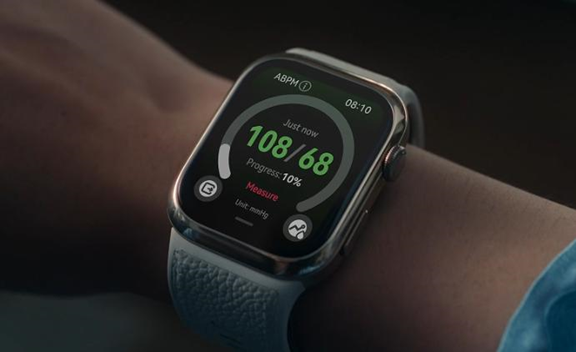Maintaining
proper blood pressure is crucial for overall health. Accurate readings help
detect potential health issues early, allowing for timely interventions. Home
monitoring offers a convenient way to keep track of your blood pressure, aiding
in managing conditions such as hypertension. With the right techniques and
equipment, you can obtain precise readings, providing valuable insights into
your cardiovascular health.

Choosing the Right Blood Pressure Monitor
Selecting
the correct blood pressure monitor is the first step towards accurate readings.
Digital monitors are user-friendly, offering automatic inflations and digital
displays, making them ideal for home use. Manual monitors, although often more
affordable, require a certain level of skill to use effectively. Look for
features such as memory storage, easy-to-read displays, and cuff sizes that fit
your arm comfortably.
How to Properly Calibrate Your Blood Pressure Monitor
Calibration
ensures the accuracy of your readings. Many digital monitors come
pre-calibrated, but it’s essential to check their accuracy periodically. Follow
the manufacturer’s instructions for calibration or consult with your healthcare
provider. Regular calibration helps maintain consistent results, which is
critical for monitoring your health effectively.
Best Practices for Accurate Readings
Preparing for an Accurate Blood Pressure Reading
Ensure
a relaxed environment when measuring your blood pressure. Timing is important;
morning readings are generally best, as they reflect your baseline levels after
a night’s rest. Avoid taking readings immediately after waking up; aim for a
calm state, waiting at least 30 minutes after consuming food, caffeine, or
nicotine. Sit quietly for five minutes before taking the reading, avoiding
stress and physical activity. Consider when is the best time to take a blood pressure reading, as consistent timing
ensures more reliable data.
Proper Positioning for Accurate Measurements
Proper
posture significantly influences blood pressure readings. Sit in a chair with
your feet flat on the floor, back supported. Rest your arm on a table, keeping
it at heart level. The cuff should be placed on your bare upper arm, snug but
not tight, with the lower edge one inch above the elbow. Correct positioning
avoids common errors, ensuring reliable results.
Factors That Can Affect Your Blood Pressure Readings
External Factors
Diet
and lifestyle habits impact blood pressure readings. Avoid consuming caffeine,
alcohol, and large meals before measuring. Physical activities and emotional
stress can also alter results. Aim for consistent conditions each time you
measure, helping to reduce variability and obtain accurate data.
Medical Conditions and Medications
Certain
health conditions and medications influence blood pressure readings. Be aware
of how conditions like hypertension, diabetes, and cardiovascular diseases
affect your measurements. Medications, especially those for blood pressure and
heart conditions, can also alter readings. Discuss with your healthcare
provider how to manage these factors while monitoring at home.

How to Record and Track Your Blood Pressure
Keeping a Blood Pressure Log
Regular
recording helps track trends over time. Maintain a log, noting readings, times,
and any influencing factors like stress or medication. Many apps and tools can
assist in tracking your blood pressure, providing visual data that is easy to
interpret. This consistent tracking aids in managing your health more
effectively.
Identifying Patterns in Your Readings
Analyzing
your log allows you to spot trends in your blood pressure readings. Look for
patterns such as consistently high or low readings. Identifying these trends
helps you understand your health better. If you notice unusual patterns,
consult with your healthcare provider to adjust your treatment plan
accordingly.
When to Seek Medical Advice
There
are certain signs and symptoms that should prompt you to seek medical
attention. Consistently high readings (hypertension) or low readings
(hypotension) indicate potential health issues requiring professional
evaluation. Look out for symptoms like dizziness, headaches, shortness of
breath, or chest pain, as these may signify serious conditions. Unusual
readings combined with these symptoms necessitate immediate medical
consultation.
Conclusion
Ensuring
accurate blood pressure readings at home is essential for effective health
management. By understanding your equipment, following best practices, and
being mindful of influencing factors, you can reliably monitor your blood
pressure. Regular tracking and identifying patterns provide valuable insights,
allowing for timely medical interventions when necessary. With these top tips,
you can take charge of your cardiovascular health, maintaining wellbeing and
preventing complications.



